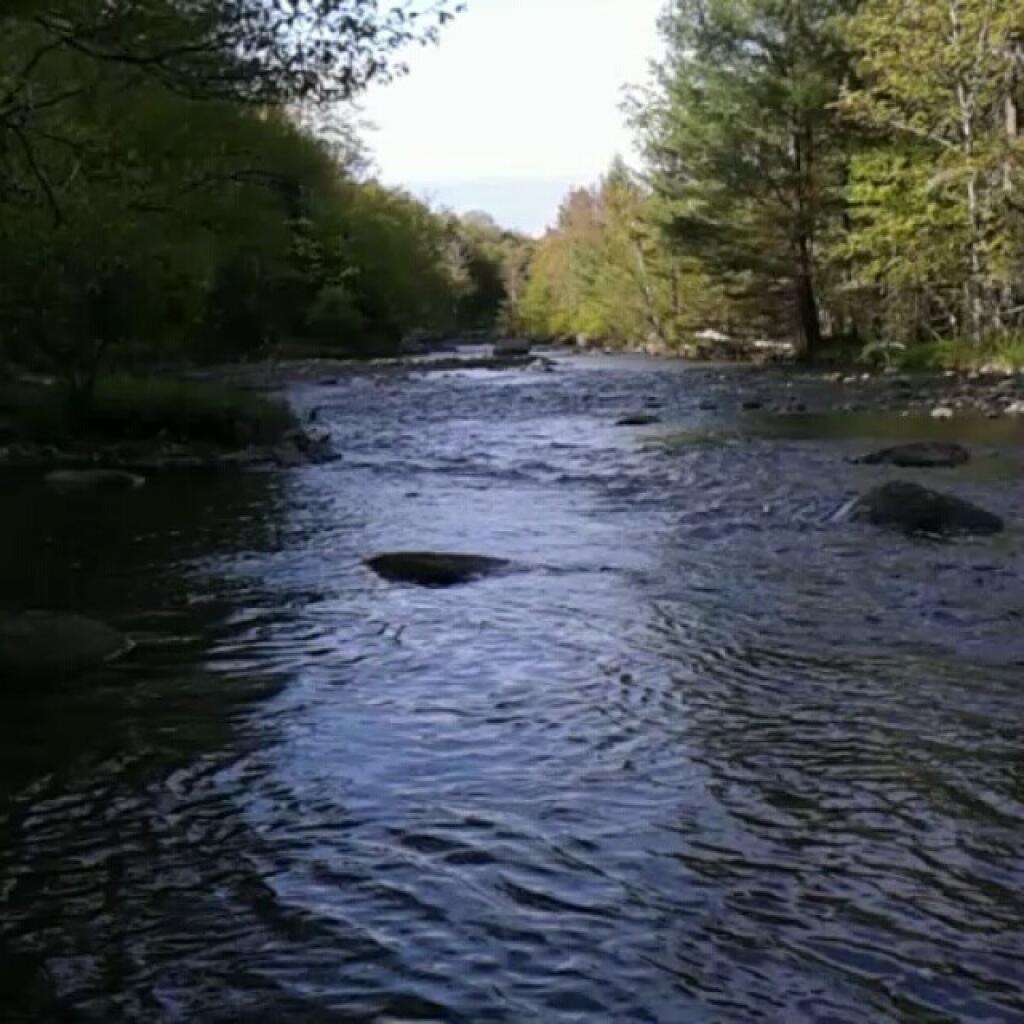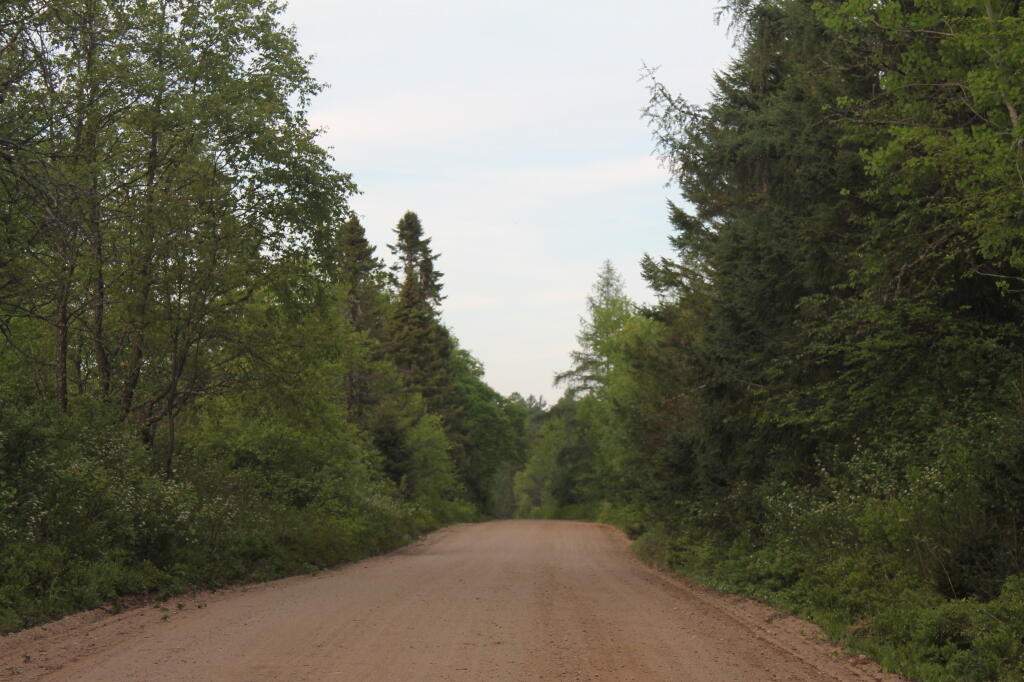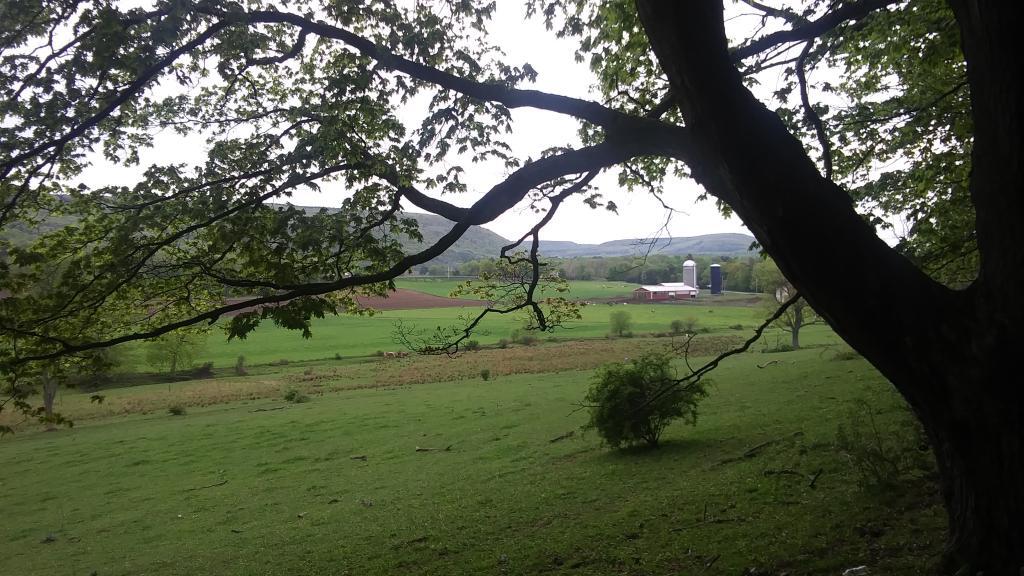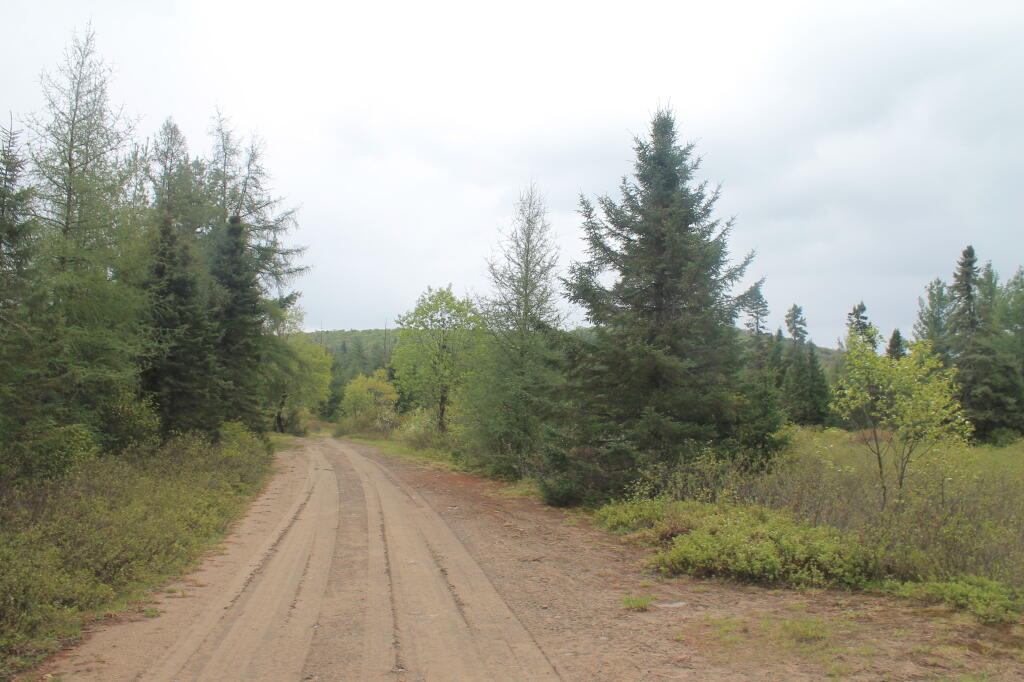Road in the Plains
I do not recommend tmap 🗺
I do not recommend tmap 🗺
The authors of tmap wrote a wrapper around ggplot2 to make mapping in R easier for beginners. But the thing is you use a lot of flexibility by using the default settings in tmap, you would gain by learning the ins and outs of ggplot2. The next result is very generic looking maps that are functional but not pretty.
Now I’m not condemning the work that tmap represents but I encourage you to learn more about R and ggplot2 for making maps. You can always cut and paste your favorite settings from script to script or create a custom function with the details you want on your maps. No need to limit yourself to the basic maps produced by tmap in R.
Rainy spring evening hiking Bennett Hill
Here is the R script I am using for creating the maps and graphs of ADP for the State Senate and Congressional Districts
Here is the R script I am using for creating the maps and graphs of ADP for the State Senate and Congressional Districts. It should be interesting to see how it compares to the maps released by the special master. You can get the data here.
library(tidyverse)
library(tigris)
library(ggtext)
library(sf)rm(list=ls())
# load latfor data, VTD level data is okay for larger districts
# although latfor also provides block level data which is better as
# those centroids should always be inside the district you are comparing
vt20 <- read_csv(‘2020vote_vtd.csv’)
vt20$GEOID <- as.character(vt20$GEOID)# edADP – This code has to be as efficient as possible, as
# it can not be vectorized, due to the need to check to see
# if a race is competitive before including. We also don’t want
# to search for columns here, due to the CPU time cost over thousands
# of rows, each time searched.
edADP <- function(ed, demcols) {
# making sure everything is numeric helps with speed
ed <- ed %>% as.numeric
# store a total of dems, rep, ballot votes
dem <- 0; rep <- 0; ballot <- 0;
# use democratic columns as an index for all other columns
for (pos in demcols) {
# if either Democratic or Republican line is 0, then that
# multiplies out to zero as x * 0 = 0. Then negate and skip to next race
if (!(ed[pos] * ed[pos+1])) next;
# to minimize costs, we just use row positions based on positition relative to
# democratic rows
dem <- dem + ed[pos]
rep <- rep + ed[pos+1]
ballot <- ballot + ed[pos-1] – ed[pos+6]
}
# return the vote totals for all competitive races to bind to the main table
return (c(‘dem’=dem, ‘rep’=rep, ‘ballot’=ballot))
}dfADP <- function(df, yr=18) {
# find position of dem cols before starting to minimize CPU costs when
# doing the row-by-row math with apply
demcols <- c()
i <- 1
for (dfcols in colnames(df)) {
if (substr(dfcols, 1, 5) == str_c(‘DEM’,yr)) demcols <- append(demcols, i)
i <- i+1
}
# Calculate ADP, row by row then bind to the dataframe
return(cbind(df,df %>% apply(1, edADP, demcols) %>% t))
}# calculate ADP from VT20 data
adp <- vt20 %>% dfADP(18)# join the VTD data to voting districts
vtd <- voting_districts(‘ny’, cb=T) %>%
inner_join(adp, by=c(‘GEOID20’=’GEOID’)) %>%
st_transform(‘epsg:3857’)# load the shapefile want to join the VTDs against
a22 <- read_sf(‘/home/andy/Documents/GIS.Data/2022-districts/Congress22.shp’) %>% st_transform(‘epsg:3857’)name <- ‘Congress’
# for reasons of speed, convert VTDs to centroids, then join against
# the new districts
join <- vtd %>% st_centroid() %>%
st_join(a22)# calculate the ADP by dividing democratic votes in all competitive races against
# democrats and republican. Add column for coloring
join %>% st_drop_geometry() %>% group_by(DISTRICT) %>%
summarise(ADP = (sum(dem)/sum(dem+rep))*100,
color=ifelse(ADP > 60, ‘Democratic (>60%)’,
ifelse(ADP > 50, ‘Lean Democratic (>50%)’,
ifelse(ADP > 40, ‘Lean Republican (>40%)’, ‘Republican (<40%)’)))
) %>% drop_na() %>%
ggplot(aes(DISTRICT, ADP, fill=color)) + geom_col(alpha=0.8) +
geom_hline(yintercept = 50) +
scale_fill_manual(values=c(‘blue’,’LightSkyBlue’,’Pink’,’Red’)) +
scale_x_continuous(breaks=seq(1,64,1)) +
scale_y_continuous(limits = c(0,100), breaks=seq(0,100,10)) +
theme_minimal() +
coord_cartesian(expand=F) +
labs(
title = str_c(‘<span style=”color: red;”>2018 Average</span> <span style=”color: blue;”>Democratic Performance</span> – ‘,name,’ \’22’),
y = “2018 ADP (All races with Dem. and Rep. candidates)”,
x = “”,
caption=’Data Source: LATFOR VTDs’,
tag=paste(‘Andy Arthur,’, format(Sys.Date(), format=”%-m/%-d/%y”)),
fill = “”) +
theme(
text=element_text(family=’Open Sans’,size=14),
plot.title=element_textbox( hjust=0.5, face=’bold’,size=34),
axis.text = element_text(size=12),
plot.background = element_rect(fill = “white”, color=”white”),
plot.tag=element_text(size=10,hjust=0, color=’#555555′),
plot.caption=element_text(size=10, color=’#555555′),
plot.margin = unit(c(1,1,1,1), ‘lines’),
plot.tag.position = c(0.0,0.01),
legend.key.width = unit(4,’cm’),
legend.key.height = unit(0.2,’cm’),
legend.position = ‘top’
)fn <- str_c(’22-‘,name,’-graph’)
ggsave(paste(‘/tmp/’,fn,’.jpg’,sep=”), width=1920, height=1200, units=’px’, dpi=120)
ggsave(paste(‘/tmp/’,fn,’.svg’,sep=”), width=1920, height=1200, units=’px’, dpi=130, device = grDevices::svg)# calculate the ADP by dividing democratic votes in all competitive races against
# democrats and republican. Add column for coloring
join %>% st_drop_geometry() %>% group_by(DISTRICT) %>%
summarise(ADP = (sum(dem)/sum(dem+rep))*100,
color=ifelse(ADP > 60, ‘Democratic (>60%)’,
ifelse(ADP > 50, ‘Lean Democratic (>50%)’,
ifelse(ADP > 40, ‘Lean Republican (>40%)’, ‘Republican (<40%)’)))) %>%
drop_na() %>%
inner_join(a22, by=(‘DISTRICT’)) %>%
ggplot(aes(geometry=geometry, fill=color)) + geom_sf(size=0.5) +
scale_fill_manual(values=c(‘blue’,’LightSkyBlue’,’Pink’,’Red’)) +
theme_void() +
coord_sf(expand=F) +
labs(
title = str_c(‘<span style=”color: red;”>2018 Average</span> <span style=”color: blue;”>Democratic Performance</span> – ‘,name,’ \’22’),
caption=’Data Source: LATFOR VTDs’,
tag=paste(‘Andy Arthur,’, format(Sys.Date(), format=”%-m/%-d/%y”)),
fill = “”) +
theme(
text=element_text(family=’Open Sans’,size=14),
plot.title=element_textbox( hjust=0.5, face=’bold’,size=34, margin=unit(c(0,0,1,0),’pt’)),
plot.background = element_rect(fill = “white”, color=”white”),
plot.tag=element_text(size=10,hjust=0, color=’#555555′),
plot.caption=element_text(size=10, color=’#555555′),
plot.margin = unit(c(1,1,1,1), ‘lines’),
plot.tag.position = c(0.0,0.01),
legend.key.width = unit(4,’cm’),
legend.key.height = unit(.6,’cm’),
legend.position = ‘top’
)fn <- str_c(’22-‘,name,’-map’)
ggsave(paste(‘/tmp/’,fn,’.jpg’,sep=”), width=1920, height=1200, units=’px’, dpi=120)
ggsave(paste(‘/tmp/’,fn,’.svg’,sep=”), width=1920, height=1200, units=’px’, dpi=130, device = grDevices::svg)








